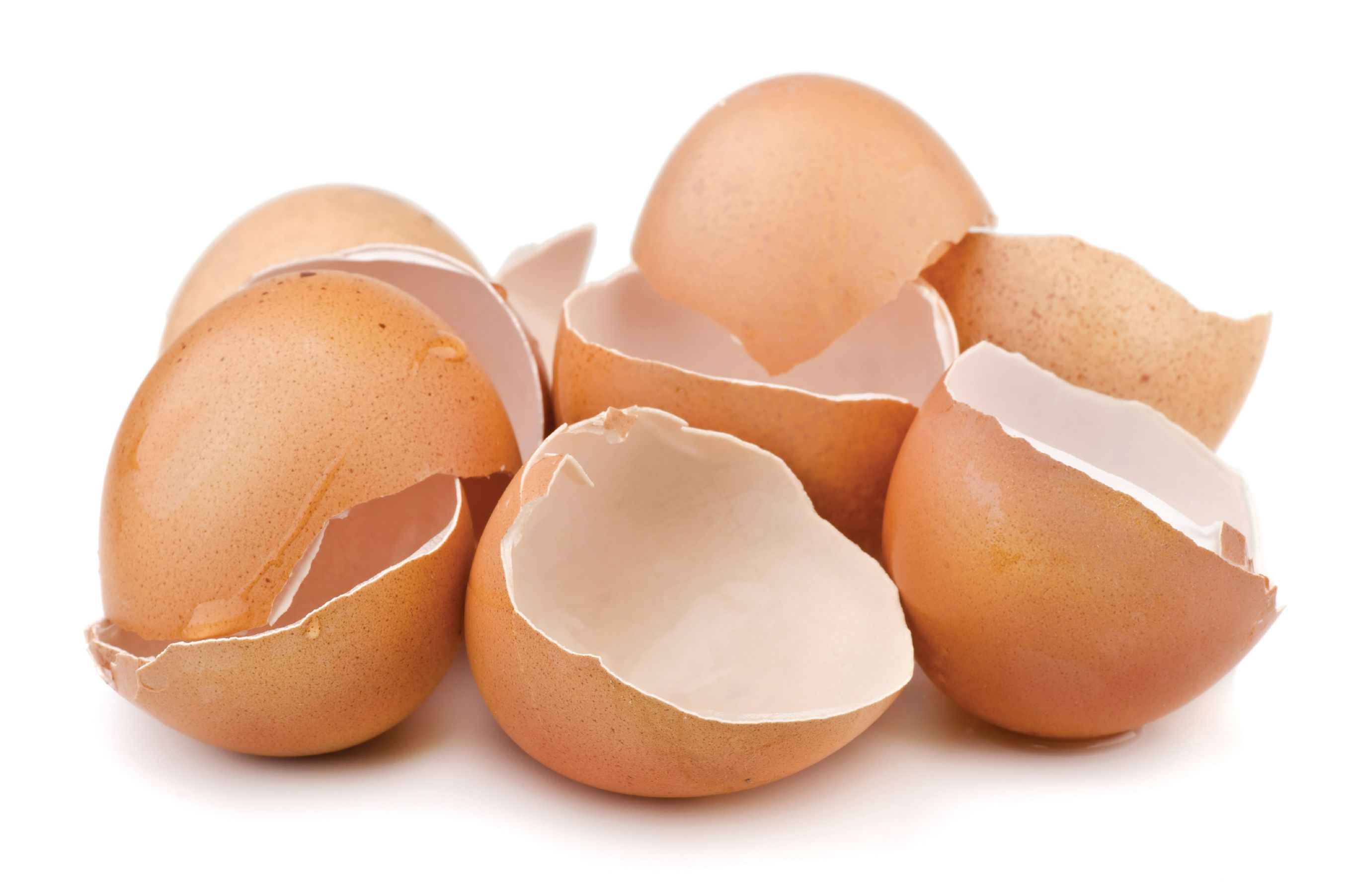Natural Options for Osteoarthritis
Joint discomfort will impact a good portion of the aging population in the coming years, but research shows three natural ingredients may help.
Photo © iStockphoto.com/Coprid

Arthritis can take credit for a significant portion of healthcare costs in the United States. By 2030, as many as 67 million U.S. adults over the age of 18 will be diagnosed with some form of arthritis, according to Centers for Disease Control (CDC) estimates1; back in 2013, nearly a quarter of U.S. adults had already been diagnosed with the disease.
Osteoarthritis (OA) is by far the most prevalent form of arthritis. Nearly 27 million adults were diagnosed with osteoarthritis in 2005.2 OA symptoms develop over time, the most common among them joint pain and tenderness, stiffness, and loss of flexibility. Studies suggest that frequent knee pain (resulting from arthritis and other causes) affects approximately 25% of adults3, leading to significantly limited function and mobility and adversely impacting quality of life. Risk factors for OA include increasing age, obesity, and the presence of other chronic conditions, such as diabetes, gout, or rheumatoid arthritis.4
The cost of dealing with these symptoms is great. Even as far back as 2003, the CDC estimated that medical care and lost earnings resulting from arthritic conditions totaled $128 billion. And, of course, no dollar figure can quantify the impact of lost quality of life those with arthritis face.
Views on Arthritis Are Changing
While inflammation plays a big role in autoimmune joint conditions such as rheumatoid arthritis, OA has historically not been considered an inflammatory condition. However, the paradigm through which OA is viewed has shifted dramatically over the years.
Researchers now suggest that inflammatory processes localized within joint tissue play a significant part in the progression of OA.5 Similarly, research is also showing that inflammatory processes play a role in knee pain that occurs as a result of strenuous activity, even when the criteria for OA are not met.6 Thus, inflammation is an important factor in rheumatoid arthritis, OA, and frequent knee pain and discomfort.
Conventional medicine currently offers no known cure for OA; instead, treatment is aimed at relieving symptoms with acetaminophen and non-steroidal anti-inflammatory drugs.4 These drugs, however, are not without their risks; worse, they may even accelerate the degradation of cartilage within joint tissue with longer-term use.7 Thus, natural alternatives that are effective and that don’t come with these downsides are attractive to consumers looking for joint support.
The popularity of glucosamine and chondroitin as natural therapeutics for joint health is well documented; however, these compounds aren’t effective for everyone with OA or non-OA related joint pain. Recent research has illuminated the benefits of several unique and potentially effective brand-name nutraceutical compounds derived from natural sources that may be used in conjunction with glucosamine and chondroitin supplements or as alternatives to these popular choices. These include NEM eggshell membrane, UC-II undenatured type II collagen, and AppleActiv dried apple peel powder.
NEM Eggshell Membrane
Eggshell membranes are the soft membranes that line and peel away from the inner wall of an eggshell. These membranes are a natural source of compounds including chondroitin sulfate, hyaluronic acid, and glycosaminoglycans. Extracts from the membrane have been studied for their ability to support joint health.
A recent multicenter, open-label clinical study led by Ulrich Danesch and colleagues from Germany was conducted to assess the effectiveness of NEM eggshell membrane from ESM Technologies (Carthage, MO) in individuals with knee and hip OA.8 Forty-four individuals aged 18 and over with moderate, persistent knee or hip pain due to OA were included in the trial and were asked to consume 500 mg of NEM daily. The primary outcome measures included changes in pain and stiffness based on a questionnaire derived from the Western Ontario and McMasters University Osteoarthritis Index questionnaire (WOMAC). Individuals were assessed at baseline and then again at 10, 30, and 60 days after initiation of supplementation with eggshell membrane.
Significant reductions in pain were noted with eggshell membrane supplementation at 10 days, and a greater magnitude of pain relief was found at 30 and 60 days. Measures of joint stiffness were also improved at 30 and 60 days, with high physician and patient ratings of treatment effectiveness. More than 75% of individuals showed moderate or significant improvement from baseline by the end of the study period. In addition, the use of acetaminophen as rescue medication (assessed for the 30 days prior to study initiation) dropped substantially after 30 and 60 days in individuals supplementing with NEM. The results of the study indicate that NEM is effective for rapid as well as sustained pain relief in individuals with hip and knee OA.
The study by Danesch and colleagues highlighted above followed earlier human studies conducted in the United States showing efficacy of NEM eggshell membrane for individuals with OA. These studies showed that NEM was also effective in a European population.
One of the earlier clinical trials was a randomized, double-blind, placebo-controlled study in which 60 participants with moderate OA of the knee (the intent-to-treat population) received either NEM (500 mg daily) or placebo for eight weeks.9 The primary endpoint of this trial was the change in overall WOMAC scores as well as changes in the pain, stiffness, and function subscales of the same questionnaire. Individuals were assessed at baseline and again at 10, 30 and 60 days after supplementation commenced.
There was a trend towards improvement. The overall dropout rate of the participant group in this study was relatively high and may have contributed to the lack of statistically significant improvements in overall WOMAC and functional improvement scores; however, the pain and stiffness subscales of the WOMAC questionnaire showed significant improvement, resulting in reduced joint pain and stiffness compared to placebo at 10, 30, and 60 days.
This placebo-controlled study came on the heels of two pilot open-label trials in which individuals over the age of 18 with joint and connective tissue disorders consuming 500 mg of eggshell membrane daily for four weeks had significantly improved joint flexibility and reduced overall pain as well as reductions in range-of-motion associated pain10, suggesting substantial benefits of NEM eggshell membrane for joint health and pain reduction.
Recent investigations have focused on determining the potential mechanisms behind eggshell membrane’s joint-health benefits. The clinical effects seen in human studies as well as preliminary in vitro studies indicate that a potential mechanism of NEM is an anti-inflammatory one.
Kevin Ruff and Dale Devore of ESM Technologies and Membrell LLC (Carthage, MO) undertook an exploratory study in rats in which the animals consumed NEM for seven days, and effects on inflammatory cytokines were evaluated.11 The results of the study showed that two major cytokines identified as primary mediators of arthritic inflammation in the early phase, IL-1β and TNF-α, demonstrated trends towards reduction in rats after seven days, while nearly all of the cytokines known to play crucial roles in the pathogenesis of late-phase inflammation in arthritis-including those known to impact cartilage degradation and disrupt chondrocyte activity (cells involved in cartilage synthesis and repair)-were significantly reduced by NEM.
A further rat study conducted at Daejon University in Daejon, South Korea, by Boo Yong Sim and colleagues seems to provide the first evidence of a direct cartilage-protective or -preserving effect of eggshell membrane.12 Rats in which arthritis was chemically induced received NEM at three different concentrations. The results of this study showed that several inflammatory cytokines and cartilage-degrading enzymes were reduced in serum, while the production of nitric oxide and high-sensitivity CRP-markers of inflammation-was also decreased in comparison with controls. In addition, patellar cartilage volume increased significantly in rats given NEM, indicating its benefits for cartilage preservation.
In other research, investigators from Missouri State University in Springfield, MO, found that eggshell membrane actually activates the signaling protein NF-κB in vitro.13 While this may initially seem to be a counterproductive benefit-that NEM activated this protein involved in promoting pro-inflammatory effects-the authors suggest that this preliminary finding may indicate that NEM functions by inducing oral tolerance via activation of NF-κB in the gastrointestinal tract. (Oral tolerance may be induced by repeated exposure of the immune system to an antigen that is taken in from the diet, leading to the body becoming “tolerant” to the substance, preventing the immune system from mounting an unnecessary or inappropriate immune response.) If this mechanism is born out in future research on NEM, it gives greater importance to the comprehensive joint-supportive benefits this natural substance confers.
STORY CONTINUES ON PAGE 2


.png&w=3840&q=75)

.png&w=3840&q=75)



.png&w=3840&q=75)



.png&w=3840&q=75)


















